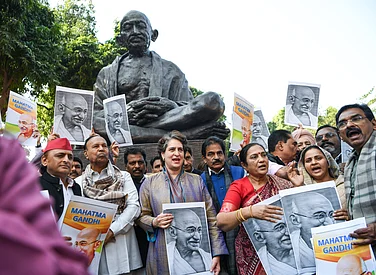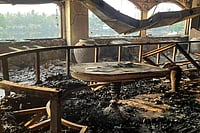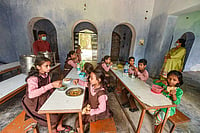A recent parliamentary report has shed light on the state of ASI-protected sites in India. The report, titled the 'Three Hundred Fifty Ninth Report on 'Functioning of Archaeological Survey of India,' was presented to the Rajya Sabha and laid on the table of the Lok Sabha, offering valuable insights into the functioning of the ASI.
One notable observation made by the parliamentary panel is that the list of ASI-protected sites contains a significant number of what they refer to as "minor monuments." These sites lack national significance and unique architectural or heritage value, according to the report. For instance, the report highlights a small brick wall enclosure in Kumta, Karnataka, which houses the graves of colonial-era individuals of no historical significance. The report questions the need for these minor monuments to receive the same level of protection as more significant cultural heritage sites, PTI reported
To address this issue, the panel recommends that the ASI should rationalize and categorize the list of monuments based on their national significance, unique architectural value, and specific heritage content. This step would help prioritize the preservation efforts and resources for monuments of greater historical and cultural importance.
Furthermore, the report addresses the restrictions imposed around ASI-protected monuments, particularly the 100-metre prohibited area and the 300-metre regulated area. The panel argues that these restrictions often lead to public criticism and inconvenience and should be reviewed to make them more realistic.
The report also highlights the problem of encroachments on ASI-protected monuments. It notes that, despite efforts to remove encroachments, 14.4 percent of ASI's total 3,693 centrally-protected monuments have been encroached upon. To tackle this issue, the panel recommends conducting a comprehensive survey of encroachments around all monuments to create a database for informed decision-making.
Additionally, the report suggests dividing the ASI into two wings: the Archaeological Survey of India (ASI) and the India Heritage Development Corporation (IHDC). This division would allow for a more effective organization, with ASI focusing on exploration, excavation, and conservation, while IHDC manages revenue generation activities like ticket collection, auctions, licensing, and more.


























